Tapgol Park (탑골공원)
919.0M 2024-03-04
99, Jong-ro, Jongno-gu, Seoul
+82-2-731-0534
Tapgol Park is the first modern park in Seoul. Having been the site of the Buddhist temple of Wongaksa Temple since 1467, the land was turned into a park in 1897. The park has a significant presence in Korean history, being the place where the March 1 Independence Movement began in 1919. One can find historical sites that hearken back to the struggle, such as the Palgakjeong Pavilion, the center of the movement; cultural heritage sites such as the Ten-story Stone Pagoda of Wongaksa Temple Site and the Stele for the Construction of Daewongaksa Temple at Wongaksa Temple Site; and monuments such as the independence movement relief plate, murals, the statue of Son Byeong-hee, and the statue of Han Yong-un.
Cook&Beer (쿠캔비어)
924.9M 2021-03-22
108, Supyo-ro, Jongno-gu, Seoul
+82-2-765-1056
A place where you can enjoy various chicken dishes and Korean snacks. This restaurant's signature menu is fried chicken. This Korean dishes restaurant is located in Jongno-gu, Seoul.
Samcheong-dong Street (삼청동길)
928.0M 2025-01-22
107 Samcheong-ro, Jongno-gu, Seoul
It is said that Samcheong-dong was named from the story about the three "cheong" (Chinese character meaning clean) of the area, namely the mountain, water, and people. Another theory is that the origin of the region's name came from Samcheongjeon Hall where three tablets called "Taecheong," "Sangcheong," and "Okcheong," were set up based on Taoism. Samcheong-dong Street features a mixture of old scenes of hanok buildings with traditional beauty and modern scenes of galleries and cafés, creating a unique atmosphere. Visitors can feel the abundant cultural mood at every corner of the street through the art galleries, museums, antique shops, and quiet pathways.
Seongdae Guksu (성대국수)
928.0M 2021-03-18
18, Seonggyungwan-ro, Jongno-gu, Seoul
+82-2-762-3996
This is a Korean cuisine located in Jongno-gu, Seoul. A restaurant that uses only natural ingredients. The best menu at this restaurant is noodles in anchovy broth.
Innisfree - Daehangno Branch [Tax Refund Shop] (이니스프리 대학로)
932.0M 2024-04-19
51, Daehak-ro 11-gil, Jongno-gu, Seoul
-
Seungdong Church (승동교회)
934.5M 2020-04-02
7-1, Insadong-gil, Jongno-gu, Seoul
+82-2-732-2340
Seungdong Presbyterian Church was designated Tangible Cultural Asset No. 130 by the Seoul Metropolitan Government on April 6, 2001. Originally known as “Gondanggol Church,” the church was established by Samuel Foreman Moore (1860-1906) in 1893. In those days, the church was known as a “baekjeong church” since it primarily drew Korea’s social underdogs such baekjeong (the butchers), the untouchable class of Joseon society.
Following a number of relocations and name changes (called “Gondanggol,” “Jungang,” and finally “Seungdong”) the church was moved to its current location in Insadong. After Moore died in 1906, Charles Allen Clark became the pastor of the church and Mongyang Yuh Woon-hyung, a key figure in the political history of Joseon, became active in the church. The church was attended by many other activists as well. In fact, the large student demonstration that took place during the March 1st Independence Movement in 1919 was organized by a group of young church members. The church once again made its mark on history with the establishment of the Joseon Theological Seminary in 1939.
Seungdong Church (B1-2F) covers a total of 660 square meters. No record has been found on its architect or builder, but the building is said to have been one of the more magnificent buildings in the area before its beauty was obscured by newer structures.
Hwaro heukdondon (화로흑돈돈)
939.6M 2021-03-20
34, Donhwamun-ro, 5-gil, Jongno-gu, Seoul
+82-2-3675-0191
A place that’s popular among workers for group dinners. This restaurant's signature menu is grilled skin-on pork belly. This Korean dishes restaurant is located in Jongno-gu, Seoul.
Neungnabapsang (능라밥상)
939.9M 2021-03-22
42, Donhwamun-ro, 5-gil, Jongno-gu, Seoul
+82-2-733-9905
A place where you can taste North Korean traditional dishes run by a chef who was a North Korean defector. This restaurant's signature menu is boiled meat platter. This North Korean cuisine restaurant is located in Jongno-gu, Seoul.
Happy Jewerly [Tax Refund Shop] (해피쥬얼리)
947.4M 2024-06-27
1F, #21, 26, Donhwamun-ro, Jongno-gu, Seoul
-
Munmyo Confucian Shrine and Seonggyungwan National Academy (서울 문묘와 성균관)
949.0M 2020-03-31
31, Seonggyungwan-ro, Jongno-gu, Seoul
+82-2-760-1472
Munmyo is a shrine dedicated to Confucius, whose teachings form the foundation of Confucianism. It is also dedicated to his disciples and other great Confucian scholars. Munmyo is not only the shrine but also the highest educational institution of the Joseon dynasty. Munmyo was once called as Munseonwangmyo since during the Tang dynasty, Confucius was named as King Munseon after his death and then it has been called as Munmyo since the Yuan dynasty.
The compound consists of two main areas: the Daeseongjeon houses shrines and the Myeongnyundang features seminar halls and other auxiliary facilities. Also, there are two dormitories, Dongjae and Seojae, which are collectively known as Sungkyunkwan. In front of the Myeongnyundang stands a ginkgo tree designated as Natural Monument No. 59. In spring and autumn, a ritual for Confucius and his disciples takes place.
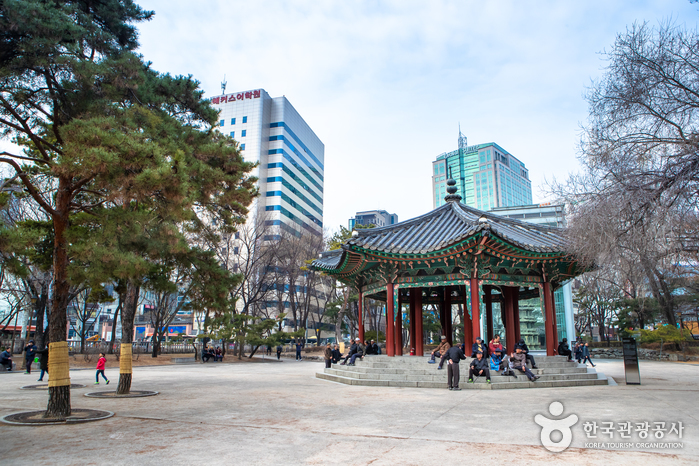
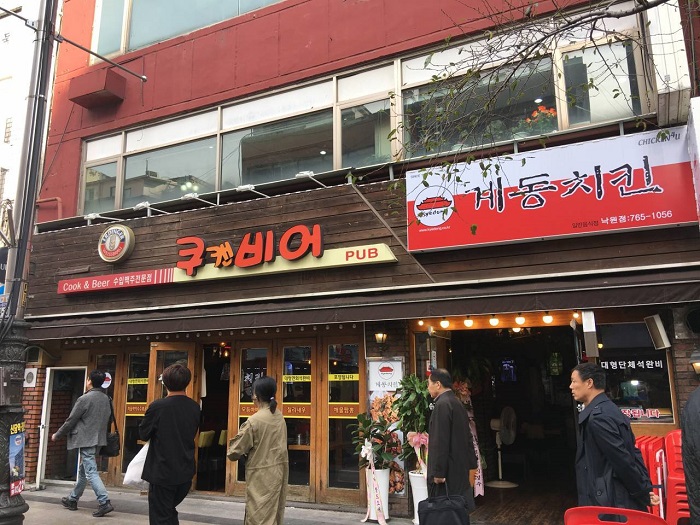

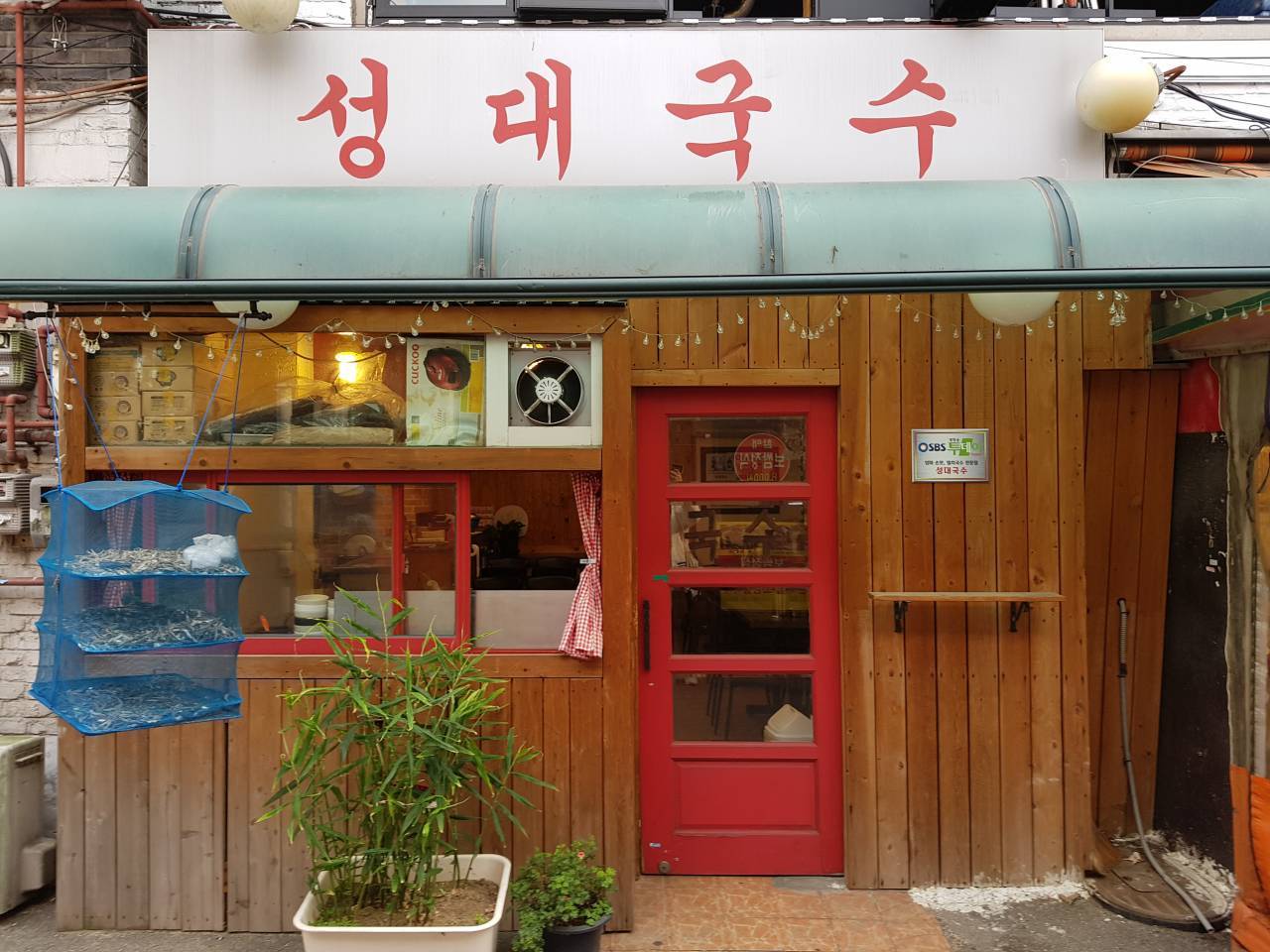
![Innisfree - Daehangno Branch [Tax Refund Shop] (이니스프리 대학로)](http://tong.visitkorea.or.kr/cms/resource/84/2878184_image2_1.jpg)
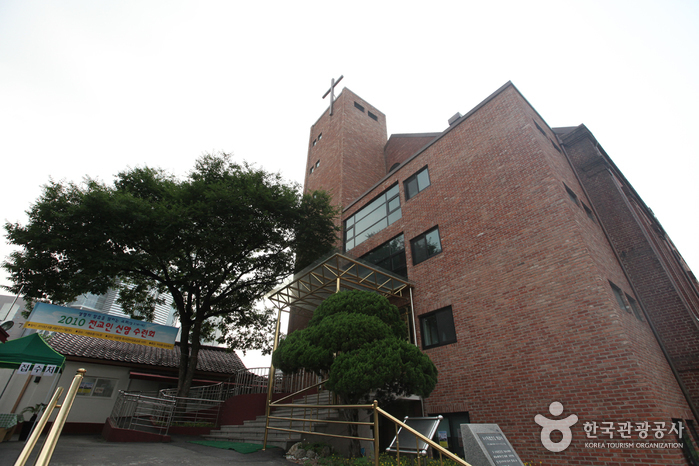
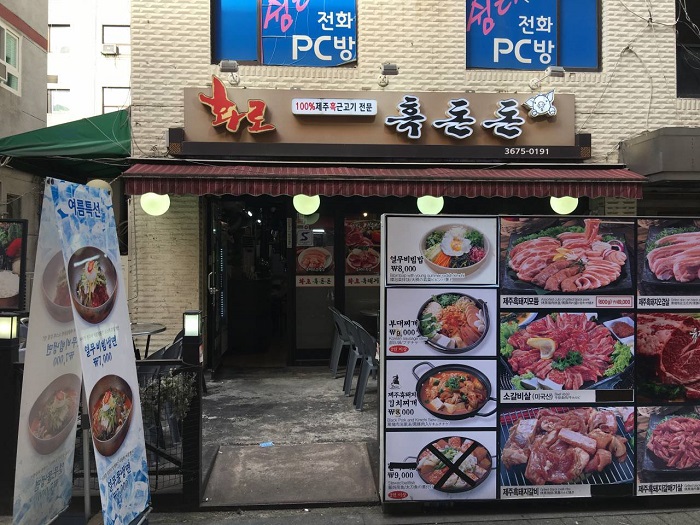
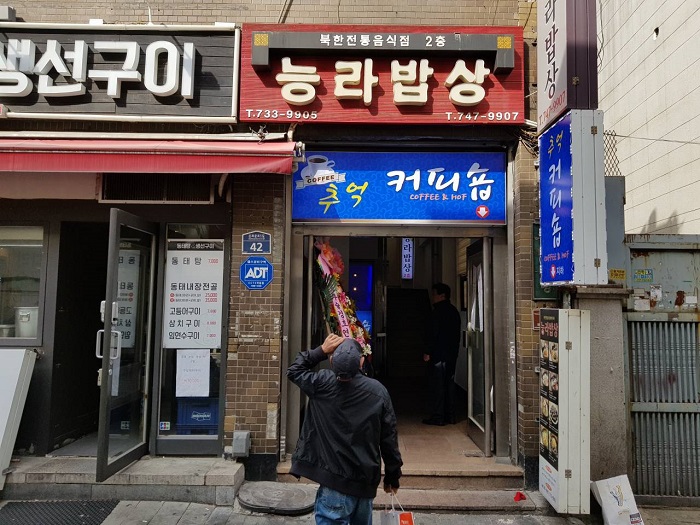
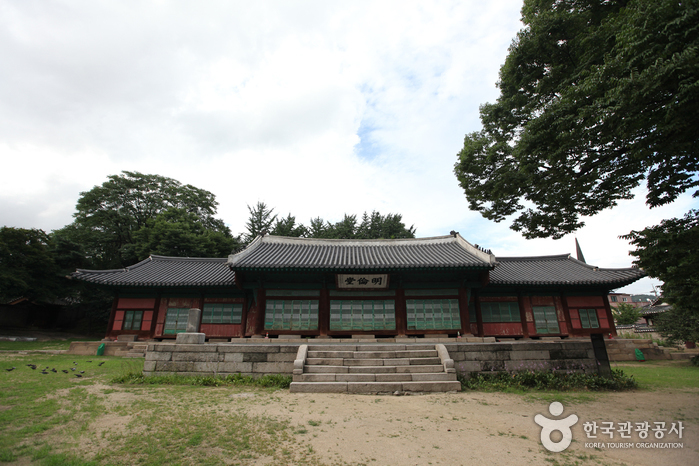
 English
English
 한국어
한국어 日本語
日本語 中文(简体)
中文(简体) Deutsch
Deutsch Français
Français Español
Español Русский
Русский